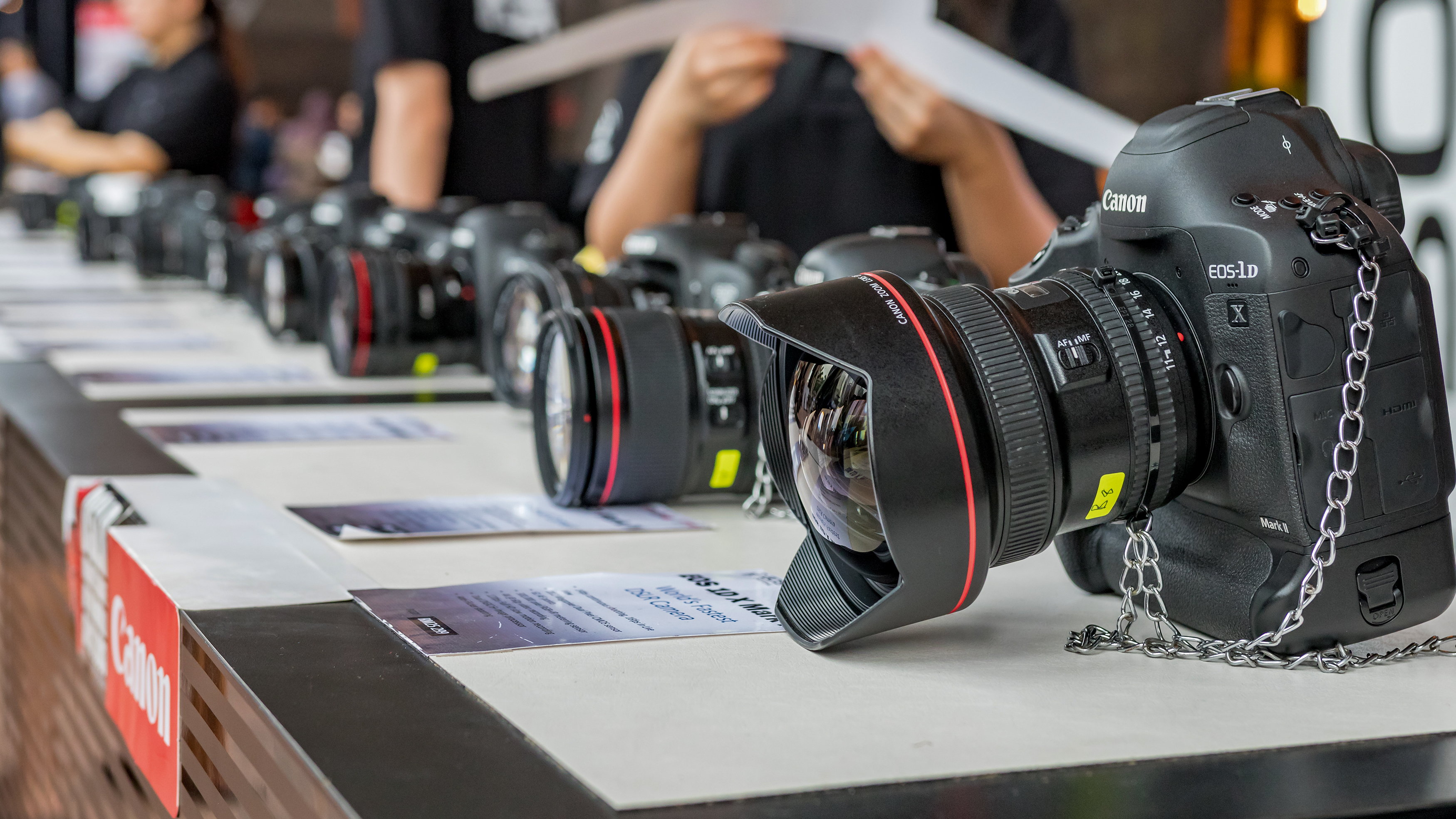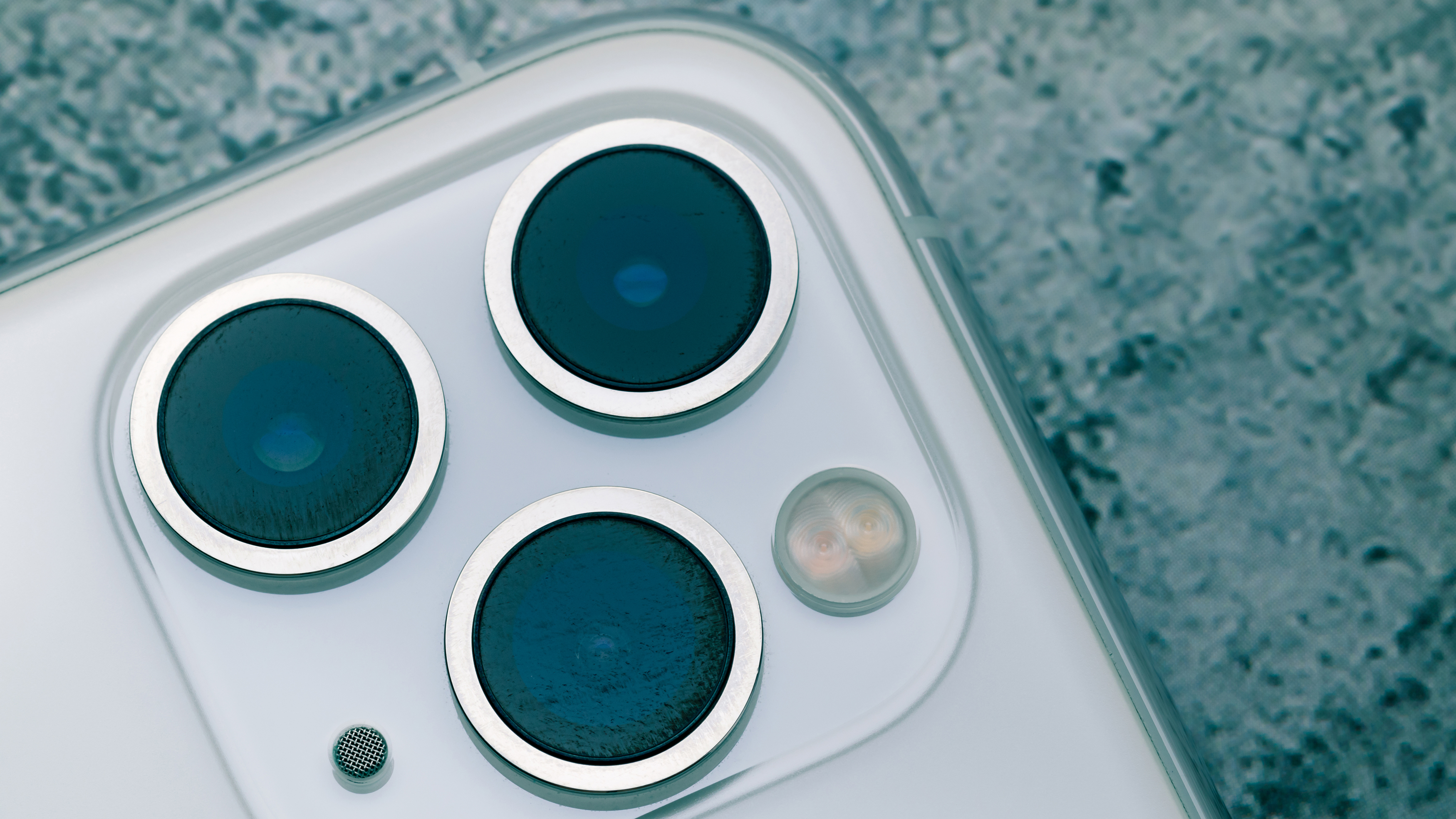The 5 mistakes I see beginners make when buying a DSLR or mirrorless camera

It can be confusing when stepping up from a smartphone into the world of 'proper' cameras. Should I get a DSLR or mirrorless camera? Do I need a lot of megapixels? Is a viewfinder important?
Camera-based questions are good, but I'd encourage you to step away from the web browser (after reading this, of course), backtrack, and ask some more pertinent questions. Why do I need a DSLR or mirrorless camera? What do I hope it will do for me?
With some guided thinking, I think your future DSLR or mirrorless camera has every chance of taking your photography to the next level, regularly empowering you on your creative journey and continually inspiring you to take great pictures.
On the flipside, as a reviewer who's spent over 15 years in the photo industry, I see beginners make the following mistakes when buying a DSLR or mirrorless camera, time and again. Avoid them and you'll get not just one of the best beginner cameras, but the right one for you.
5 mistakes to avoid when buying a DSLR or mirrorless camera
1. Focusing on the camera ahead of your passions
A few years ago, I was in a camera shop and a customer was asking for advice about a camera purchase, primarily by reeling off camera features they had read about online and clearly felt they needed. After patiently listening, the sales advisor threw a curveball by asking, "what do you like to make pictures of?"
Initially flustered, the customer's body language softened, then a curl of the mouth as their cognitive memory kicked in. The focus was taken away from the camera kit itself, and onto the joy of making the pictures. For me, this is the first and most important question to ask yourself when looking for new camera kit.

If you don't have the right tool for your creative passions, you will become disappointed, disillusioned, and the camera will remain in a bag gathering metaphorical dust, losing value. The greatest joy that camera kit brings is by helping you make the pictures you hope for.
Sign up for breaking news, reviews, opinion, top tech deals, and more.
The truth is, most modern cameras can do most things, but some are better suited to certain subjects than others. Wildlife and action photographers are more likely to capture a decisive moment with a camera that has good autofocus and can shoot a high number of pictures in a second (known as the burst rate). Think the Canon EOS R6, Panasonic Lumix G9 or, for a second-hand option, the Nikon D500 DSLR.
On the other hand, a small and quick-response camera like the Fujifilm X100V or Ricoh GR IIIx helps you blend in and those around you to relax – ideal for documenting family life and street photography. The bottom line; know what scenarios energize you creatively, and use that to guide your camera search, rather than vice versa.
2. Not getting your hands on the camera first
Passions come first, but it doesn't half help if you enjoy the camera that's in your hand. DSLRs and mirrorless cameras are so different to smartphones, where do you begin when there is such a wide choice of styles, sizes and brands?
My recommendation is getting yourself hands on with a variety of camera systems and see how each one feels for you. I remember years back discovering an immediate affinity with the Fujifilm X-T2 at an airport when I had time to kill.
But even better, get yourself down to your local camera store – if you have one. If not, it's still well worth making the pilgrimage to chains that still have physical stores. In the US, those include the likes of Adorama, B&H Photo Video and Samy's, while in the UK you can still pop into the likes of Park Cameras or the London Camera Exchange (which is also outside the capital).

When you first hold a camera, it's the design subtleties that can make or break your experience. And don't be ashamed to factor a camera's looks into your decision – after all, a camera that want to pick up and hold is one that you'll use more regularly.
How is its size and weight for your purposes? Is the grip comfortable in your hand? Try different lenses on and feel the balance (for more on lenses, see point 4). If you are stepping up from a smartphone, find a camera with a viewfinder and see what you think of it – these become especially helpful for clear viewing in bright light.
Think about how easy this camera is to use as a beginner, but also how far it could take you as your skills improve. Auto shooting modes are all well and good at the beginning, but are you really learning how to use a camera when it's the one in control? Instead, get one with enough manual control and learn how it all works. This could just be the camera that inspires your creative development and sees you make some of your fondest pictures.
3. Only buying the latest and greatest
When buying your first camera, it's totally understandable to go new. But there are many reputable secondhand retailers where plenty of bargains can be had, especially for cameras that have been succeeded by later models.
For an in-depth guide on how to do this, check out our how to buy a second-hand DSLR or mirrorless camera explainer. It includes tips on how to check your camera's shutter count, some of our favorite second-hand cameras, and the best stores to buy from.
A second-hand, previous-generation camera often costs less than half of the price of the newer version that's still on the shelves. And for photography, mirrorless cameras have reached the point where the last generation are more than good enough for most beginners (with newer features tending to be more video-focused).
For good examples of this, check out the Olympus OM-D E-M5 Mark II, Olympus E-M10 Mark III, Panasonic Lumix GX80/GX85 and Fujifilm X-T20 (below).

There is also such a thing as too much camera, regardless of budget. As a beginner, you don't need a pro sports camera like the amazing Nikon Z9. It's not even a sensible choice for pro studio and landscape photographers for whom resolution is king – they will find the same image quality potential in the the half-size, half-price Nikon Z7 II.
Unless you're printing onto billboards, don't get bamboozled by megapixels, either. The more pixels, the larger the image size, but anything at 12MP or more is easily enough for an A3 print. Also, more pixels on the same size sensor has an adverse impact on low light image quality, because smaller pixels are less able to collect light.
4. Not budgeting for lenses
DSLRs and mirrorless cameras are part of a system whereby the camera body is only the beginning. I can almost guarantee that the majority of those who have lost interest in their DSLR or mirrorless camera never bought an additional lens after getting the camera.
Getting the right lens is arguably more important than your choice of DSLR or mirrorless camera – it's a key reason to save money on your camera purchase. Kit lenses have improved down the years, but the full potential of a system camera is realized by investing in the system, chiefly through the best lens or lenses according to your needs and budget.

Interested in portraiture? There is a big difference in the out-of-focus quality of a lens with maximum f/1.8 aperture compared to f/5.6. With the former you can get popping portraits with buttery smooth backgrounds. With the latter, the reality is it's much harder, even impossible, to achieve the same effect.
Most DSLR and mirrorless camera systems offer affordable lens options that can outperform kit lenses. For family life and portraits, a good place to start is a cheap 50mm f/1.8 lens – it's a similar experience to the portrait lens in a phone. If you are into wildlife and action photography, you'll want a close-up lens whether it's telephoto or macro.
5. Dismissing smartphones
As a long-time photographer, writing this one pains me a little. One mistake you can make when buying your first DSLR or mirrorless camera, is to buy a DSLR or mirrorless camera. Smartphones have incredible cameras these days, and you could redirect the money from a camera purchase into buying one of the best camera phones instead like the iPhone 13 Pro.
Even my three-year-old mid-range Google Pixel 4a smartphone has a half-decent camera for general photography. It is in my pocket most of the time, ready-to-go, and it's the camera that I have actually used the most since I bought it. However, there has been much progress in smartphone camera tech since then, with multi-camera units and bigger sensors serving up more genuine depth and low-light prowess.

So rather than buying a 'proper' camera, your best option could be to upgrade your smartphone. A phone won't suit all kinds of photography, of course – there are at least five things that a DSLR still does better than a phone. But for general photography, and learning how to use different focal lengths, it can be a good way to discover what kind of camera will suit you best.
If you take the smartphone route, I would still advise learning how to use its camera better – the same advice I'd give for your DSLR or mirrorless camera. Have you ever dug into the camera menus, or explored the various manual modes? Learnt about composition and the best light to shoot in?
A good place to start are our guides on how to take professional portrait photos with your phone, how to take epic landscape photos with your phone, and how to take professional food photos with your phone. All of them contain tips from pro photographers who use their phones for work, which is another ringing endorsement for how far smartphone cameras have come.

Tim is the Cameras editor at TechRadar. He has enjoyed more than 15 years in the photo video industry with most of those in the world of tech journalism. During his time as Deputy Technical Editor with Amateur Photographer, as a freelancer and consequently editor at Tech Radar, Tim has developed a deeply technical knowledge and practical experience with cameras, educating others through news, reviews and features. He’s also worked in video production for Studio 44 with clients including Canon, and volunteers his spare time to consult a non-profit, diverse stories team based in Nairobi. Tim is curious, a keen creative, avid footballer and runner, and moderate flat white drinker who has lived in Kenya and believes we have much to enjoy and learn from each other.